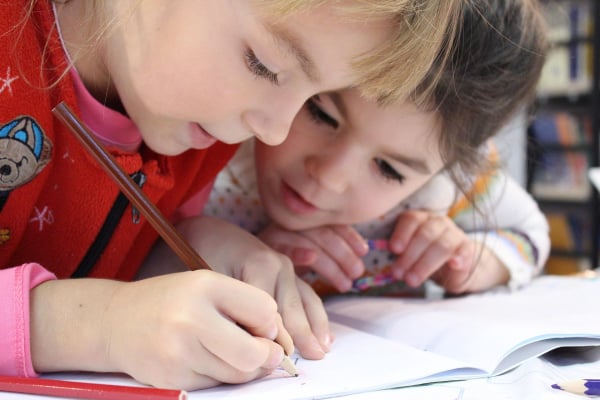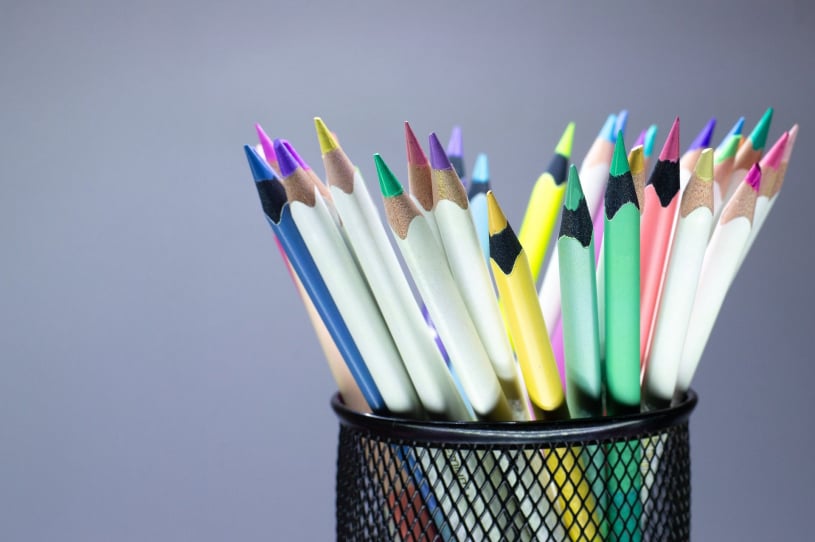
Graphomotor Skills Guide for Parents of Young Children (Ages 3+)
Overview of Graphomotor Development
Graphomotor skills are the fine-motor abilities involved in drawing and writing (making marks with a pencil or crayon). They rely on coordination of hand muscles plus visual-spatial and cognitive processes. Good early hand control supports later literacy and school success. Development follows a predictable pattern: infants begin to scribble around 10–12 months. By about age 2 they imitate straight lines and simple shapes; age 3 they can copy vertical, horizontal and circular lines; by 4–5 years they draw crosses, squares and some letters. From ages 5–6 children typically print their name and most letters. These milestones guide expectations and when to introduce pre-writing tasks.
Graphomotor skills depend on many factors – strong finger muscles, hand-eye coordination, and the ability to plan movements and visually recognize letter shapes. Early activities that build hand strength and coordination (stacking blocks, stringing beads, using utensils) pave the way for easier writing later. Note that every child develops at their own pace, but these benchmarks can help parents know what to encourage at each age.
Activities to Strengthen Graphomotor Skills
Engaging, playful activities help children build the hand strength and coordination needed for writing. Try to incorporate fine-motor “games” into daily routine:
• Pre-writing Scribbles: Provide large crayons or chalk for free drawing on paper, cardboard, or sidewalk. Encourage your child to scribble, draw lines, loops, and simple shapes (circles, zigzags). Finger-painting or drawing in a tray of sand or salt can also stimulate mark-making.
• Tracing and Copying: Print worksheets with thick lines and simple shapes (circles, squares, letters) for tracing. Children practice “copying” by tracing stencils or dotted-line shapes with pencils or markers. Turn it into a game by having them trace letters in shaving cream on a table.
• Cutting and Pasting: Give child-safe scissors and let your child cut along thick lines or snip playdough shapes. Cutting strengthens hand muscles and control. Collage projects (tear paper, glue pieces onto another sheet) also improve dexterity.
• Play-Dough & Putty Play: Molding clay or playdough builds hand and finger strength. Have the child roll, pinch, flatten or squeeze clay. Hide small objects (beads, pebbles, coins) in clay and have them dig them out – this encourages grasp and release movements.
• Beads, Buttons and Pegboards: Stringing large beads or pasta, buttoning clothes, and using pegboards teaches fine control and hand-eye coordination. Puzzles, pegboards, and stacking blocks (Duplo, large Lego) also use precise finger movements.
• Fine Motor Games: Use tongs, clothespins, or chopsticks to pick up pom-poms or small toys and sort them into containers. Play activities like “bean scoop” (transfer dried beans with spoon) or threading pipe cleaners through holes strengthens the pincer grasp. Building or taking apart puzzles, nuts and bolts toys, or simple origami can be fun challenges for little fingers.
Recommended Tools and Materials
Equip your home with a variety of age-appropriate tools to make practice fun and effective:
• Writing Utensils: Begin with short, thick crayons or triangular crayons that fit in a toddler’s fist. As your child grows, transition to fat markers and short pencils until a mature tripod grasp develops. Also try weighted or rubber-gripped pencils to improve control (esp. for older preschoolers).
• Paper & Drawing Surfaces: Provide large sheets of paper, coloring books, chalkboards, or easels. Vertical surfaces (easels, chalkboard walls) encourage wrist extension, which builds shoulder and arm stability.
• Cutting Tools: Blunt-tip child scissors for snipping playdough or paper. Specialized scissors like spring-open scissors help children open and close them. Always supervise to ensure safety.
• Manipulatives: Play-Doh or modeling clay, theraputty (soft putty) and stress balls for squeezing and strengthening fingers. Interlocking blocks, pattern blocks, or magnets for building. Pegboards and lacing cards for threading.
• Tracing & Worksheets: Printable tracing sheets, dot-to-dot books, or apps that encourage drawing shapes. “Pre-writing” apps or tracing apps can digitize practice.
• Other: Objects for scooping or tweezing, like scoops, tongs, or tweezers (to pick up cereal pieces, marshmallows, etc.). Finger paints, chalk, glue sticks – any crafts that get children using their hands in precise ways.
